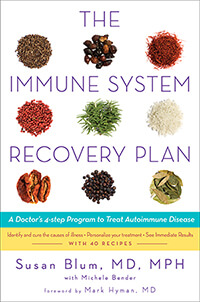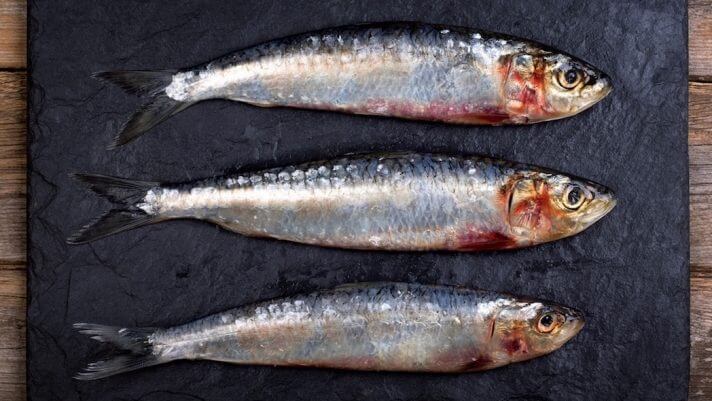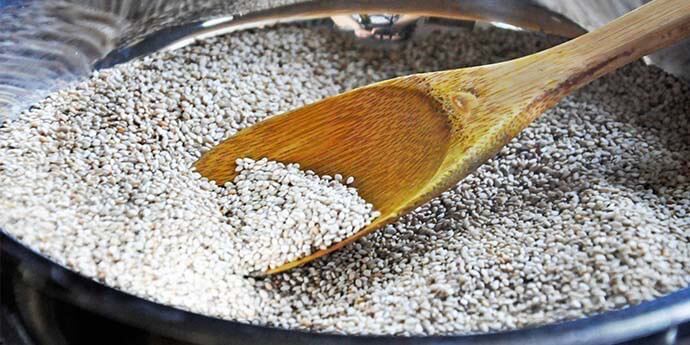
|
Everyday, I am asked by someone, whether or not they need to take Vitamin D in the summer. Now that we are in the midst of lots of sunshine and summer is here, I thought this would be a good topic for our August newsletter. Vitamin D is much more than a vitamin. In fact, every cell in your body has a receptor on it for D, which makes it more like a hormone, than a vitamin. It supports your immune health, and is critical for people with autoimmune diseases. It is also necessary for your body to absorb calcium, and women with low vitamin D levels are at a higher risk of osteoporosis. And let’s not forget about mood … many of you might notice you feel bluer in the winter when there is less sunshine. Yes, Vitamin D is made by sunshine. However, in the northern latitudes where we live (New York), the sun is only strong enough to stimulate Vitamin D production in your skin 3-4 months/year, May-August. During these months, your skin will make enough Vitamin D to support good blood levels, IF you are outside for at least 20 minutes/day, without sunscreen, between 10am – 2pm, in shorts and a tank top. Meaning your arms and legs need to be fully exposed without sunscreen during peak hours of maximum sun. Do most people get this? No. So if you walk or exercise outside, spend time in the garden or other outdoor activities regularly, and don’t use sunscreen every minute, you are probably okay taking the summer months off. But honestly, most of the people I see in my medical practice don’t have an appreciable bump in their Vitamin D levels in the summer. They simply don’t get as much exposure as they think so they need to stay on their normal regimen. And that could be you. While I am certainly not advocating NO sunscreen, I do think it would be okay, to spend 20 minutes a day without it, if you are trying to get your D. But then be sure to slather up with a broad spectrum SPF! Here are my suggestions:
|




